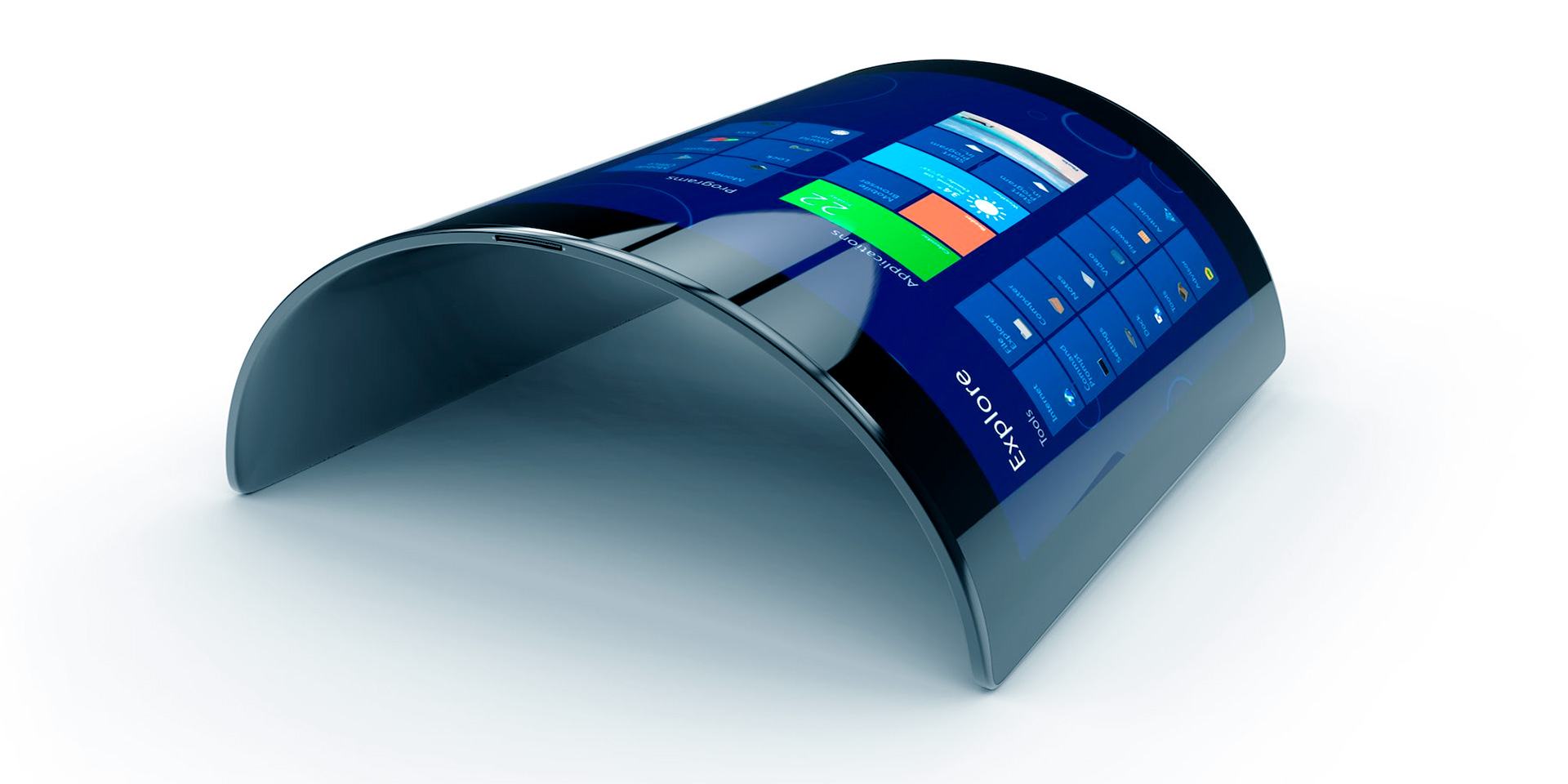The tech world is constantly evolving, bringing forth innovations that redefine how we interact with our devices. Among the latest breakthroughs are foldable and rollable displays. These cutting-edge screens promise to transform the tech industry by offering remarkable portability and functionality. They can fold or roll up, making them easy to store and transport, and hold the potential to revolutionize devices such as smartphones, tablets, and laptops. By allowing gadgets to expand and contract based on user needs, this technology is set to enhance user experiences, making devices more versatile and adaptable to a variety of environments and tasks.
The Rise of Foldable Displays
Foldable displays have already made their debut in the consumer market, capturing the interest of tech enthusiasts and professionals alike. These displays utilize advanced materials like flexible OLED panels, which can bend without breaking. This flexibility allows manufacturers to design devices that can switch between different form factors. For instance, a smartphone with a foldable display can transform into a tablet, providing a larger screen when needed and a compact form for easy portability.
The introduction of foldable smartphones, such as the Samsung Galaxy Fold and the Huawei Mate X, marks the beginning of a new era in mobile technology. These devices not only offer the convenience of a larger screen but also open up new possibilities for multitasking and productivity. Users can enjoy a more immersive experience when watching videos or playing games, while also benefiting from the added space for running multiple apps simultaneously.

Rollable Displays: The Next Frontier
While foldable displays are gaining traction, rollable displays represent the next step in this technological evolution. Rollable screens take flexibility to another level by allowing the display to be rolled up like a scroll. This capability offers even greater portability and convenience. Imagine a tablet that can be rolled into a compact cylinder and easily slipped into a bag or pocket. This concept, once the stuff of science fiction, is now becoming a reality thanks to advancements in materials science and engineering.
LG and TCL are among the companies leading the charge in developing rollable display technology. LG showcased a rollable OLED TV that can be hidden away when not in use, and TCL has teased prototypes of rollable smartphones. These innovations demonstrate the potential of rollable displays to revolutionize how we use and carry our devices. By enabling screens to expand and contract, rollable displays can adapt to various tasks and environments, offering unprecedented flexibility for users.
Implications for Smartphones, Tablets, and Laptops
The impact of foldable and rollable displays extends beyond mere novelty; these technologies are poised to significantly enhance the functionality and user experience of smartphones, tablets, and laptops. For smartphones, the ability to switch between a compact phone and a larger display can enhance productivity and entertainment. Users can enjoy a full-screen experience for videos, games, and reading, while still having a device that fits comfortably in their pocket.
Tablets equipped with foldable or rollable displays can offer a more versatile computing experience. Whether used for work, study, or leisure, these devices can provide the screen space needed for various applications while remaining highly portable. A rollable tablet, for example, can be rolled up for easy transport and then expanded when needed, offering the best of both worlds.
Laptops, too, stand to benefit from this technology. A foldable or rollable laptop display can offer a larger workspace without compromising portability. This could be particularly useful for professionals who need to work on the go but require a larger screen for tasks like graphic design, video editing, or programming. The ability to expand the screen size when needed and then compact it for travel can make laptops more adaptable and efficient tools.

Enhancing User Experiences
The versatility of foldable and rollable displays promises to significantly enhance user experiences. These screens can adapt to different environments and tasks, making devices more flexible and user-friendly. For instance, a foldable display can transform a smartphone into a mini tablet, providing a larger screen for reading or watching videos. Similarly, a rollable display can offer a compact form for easy storage and transport, then expand to provide a larger viewing area when needed.
This adaptability can also lead to new applications and use cases. For example, in the realm of augmented reality (AR) and virtual reality (VR), foldable and rollable displays can provide more immersive experiences by offering larger, more flexible screens. This can enhance gaming, education, and professional training, providing users with a more engaging and interactive experience.
Conclusion
Foldable and rollable displays are set to revolutionize the tech industry, offering unprecedented portability and functionality. These innovative screens can fold or roll up, allowing for compact storage and transport, and hold the potential to transform smartphones, tablets, and laptops. By enabling devices to expand and contract based on user needs, this technology promises to enhance user experiences, making devices more versatile and adaptable to various environments and tasks. As these displays become more mainstream, they will undoubtedly redefine how we interact with our digital devices, paving the way for a more flexible and dynamic future in technology.

